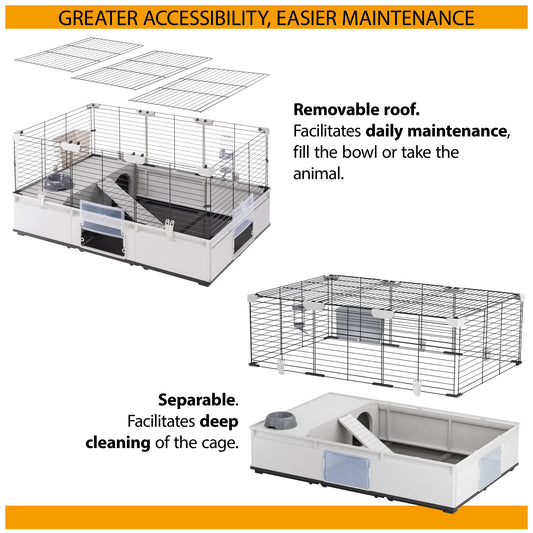Why do cats have whiskers?
Cat whiskers are more than just feline facial hair – they are highly-sensitive sensory aids that are vital for navigation. These tactile hairs (found either side of the nose, on the chin, above their eyes and near the ears) are two to three times thicker than normal cat hairs and have roots that are three times deeper.
Navigating the world
The reason why the roots of whiskers are so much deeper than other hairs is that they are joined to a cat’s nervous system. This means that information picked up by the whiskers is sent directly to the brain. Cat whiskers are as sensitive as human fingertips, although they work differently. Rather than through touch, whiskers work by detecting subtle changes in air current around them. Information about the size, shape, and speed of objects a cat encounters is then transmitted to the brain.
The bigger the cat, the longer the whiskers
The length of a cat’s whiskers will depend on the size of the cat. One way that whiskers are used is to determine whether a cat can fit through narrow spaces – so the wider the cat, the longer the whiskers need to be to work properly.
Balancing act
Ever wondered how cats always land on their feet? It’s down to their whiskers, which act as a balancing aid as well as a navigational tool. There is a special sensory organ at the tip of each whisker that sends messages to the brain regarding a cat’s body position. The way that gravity pulls on the whiskers will inform a cat how they are orientated in relation to the ground and a righting reflex enables them to turn in mid-air, so they land on their feet.
Whiskers are not only found on the face
Cats have tactile hairs on the backs of their front legs that really help with hunting. Cats can’t see very well close up so need a helping hand when it comes to monitoring their prey. A cat’s leg whiskers can tell them if the prey they are holding is still moving and what position it is in.
Communication tool
Whiskers can also reveal how a cat is feeling as part of their overall body language. Whiskers that are elevated above the eyes giving a wide-eyed appearance indicate that a cat is happy and curious. However, whiskers that are pulled taught and directed forwards are a sign that a cat is feeling threatened.
Whisker fatigue
As whiskers are such sensitive sensors, it is easy for them to become overstimulated. This can cause a condition known as whisker fatigue. When a cat receives an information overload from constant messages from their whiskers, it can lead to stress.
The most common reason why this might happen is if a cat’s whiskers touch the sides of their food and water bowls every time they put their head in. To combat this, ensure that the bowls you use are wide enough for a cat to eat and drink from without their whiskers coming into contact with the sides.
Never trim whiskers!
Old whiskers naturally fall out as new ones grow to replace them, but you should never be tempted to trim your cat’s whiskers. Even though cats have no feeling in their whiskers, the trimming of them can have devastating results. Whiskers are such an essential tool for a cat to be able to understand their environment that they are likely to become disorientated and scared without these important indicators.
Shop All Cat
If you found this article interesting, you may like:









